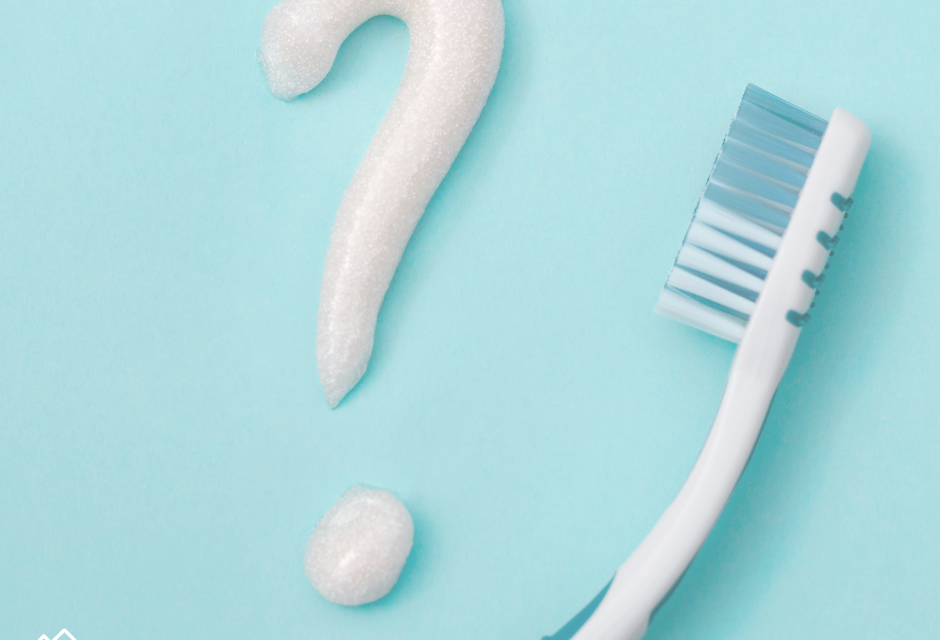Which Toothpaste Should I Use?
It’s a question that dentists hear a lot. At any supermarket the shelves are full of a large selection of toothpastes that can make it confusing to select the ‘right’ one.
The purpose of tooth-brushing is to remove the sticky film of bacteria that constantly builds up on your teeth. This film is called plaque, and it interacts with certain foods—mostly sugars—to produce acids that eat away at your tooth’s enamel, which results in dental decay. Calculus, or tartar, forms from bacterial plaque that has hardened, and needs to be removed by your dentist.
A regular routine of brushing and flossing is key to the health of your teeth, rather than any particular toothpaste; most commercial toothpastes contain similar ingredients in varying quantities. However, some do cater to specific needs. Below are some options you may have seen on the shelves and the requirements that they cater for.
Fluoride Toothpaste
Fluoride is essential in protecting and strengthening your teeth against decay. Any toothpaste that you buy, no matter what other benefits it offers, should always contain fluoride for cavity prevention.
Sensitive Toothpaste
People suffer from sensitivity for all sorts of reasons, among them gum recession, enamel wear and tooth grinding. Sensitive toothpaste will not address the cause of these issues but can help to reduce the symptoms, and can even be used as a topical cream (wiped directly onto sensitive areas.)
Whitening Toothpaste
Whitening toothpastes contain abrasive agents (anything too harsh should be avoided; you should never ‘scrub’ your teeth, which is why dentists recommend a soft toothbrush.) They also can contain small amounts of peroxide (1 – 3%) to fight surface staining. This is not harmful, and can help improve the appearance of your teeth, however any whitening solution purchased over the counter is likely to be too weak to produce much result. For more dramatic results, tooth whitening options can be applied in-chair by your dentist.
Children’s toothpaste
From the age of 18 months your child should be introduced to a children’s toothpaste. Unfortunately, finding a good one that is not too ‘spicy’ (without the strong flavour of mint) remains an ongoing struggle for parents and dentists. Essentially, whatever you can find that they will accept is fine. For children under 3 years old, use a rice-sized amount of fluoride toothpaste, for children 3-6 years old, use a pea-sized amount of fluoride toothpaste.
Charcoal or herbal toothpastes
The use of charcoal toothpastes are not advised – many do not contain fluoride and, while they can reduce surface staining on enamel, can lead to further staining in areas where gums have receded. They are strongly abrasive, which can cause further problems in areas of gum recession, and contribute to sensitivity and enamel wear.
Herbal or home-made toothpastes that rely on manual plaque removal alone put your dental health at risk. Don’t be mislead by labels claiming ‘all natural’ and ‘eco-friendly’ – if you do get a cavity, there is no natural product to fill it! Alternatives to the big brands are fine… so long as they contain fluoride! If you really don’t want to use a fluoride containing toothpaste it is best to speak with your dentist first about your personal dental decay risk profile and have a conversation with the dentist to help you decide what the best option is for you.



